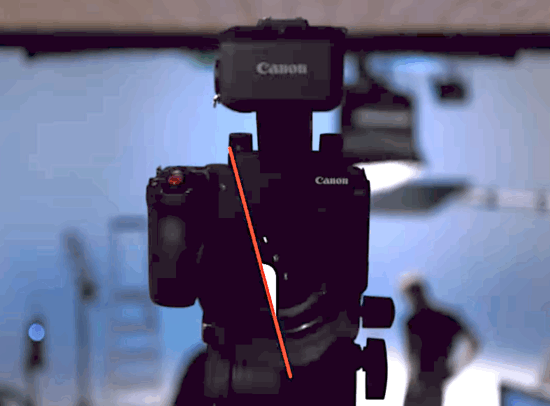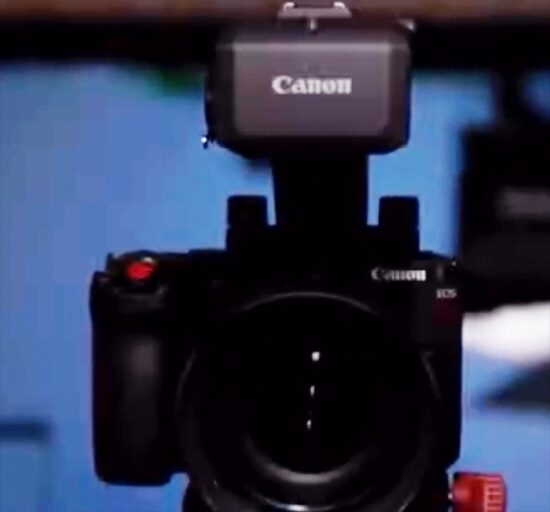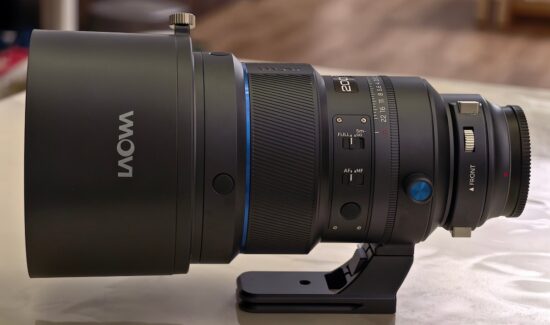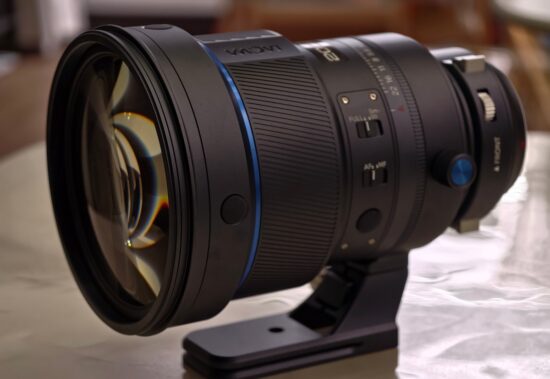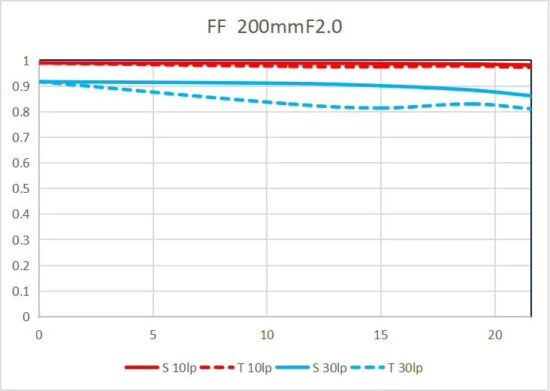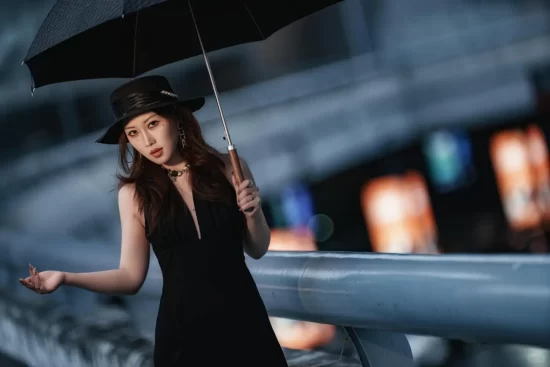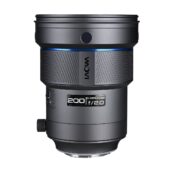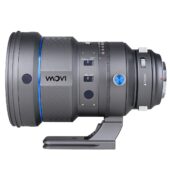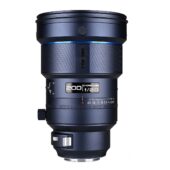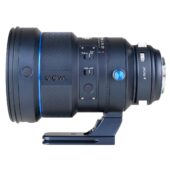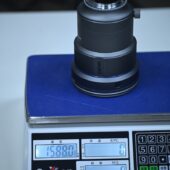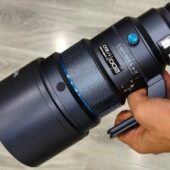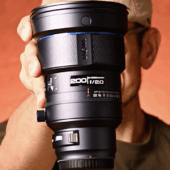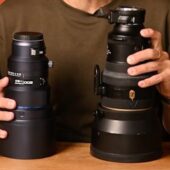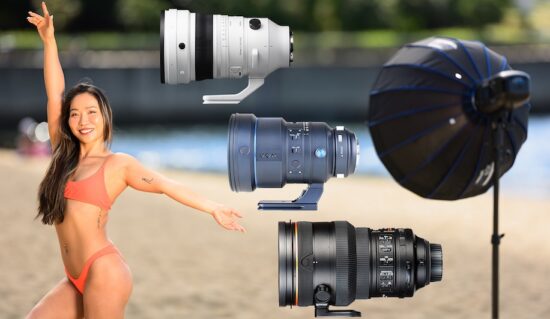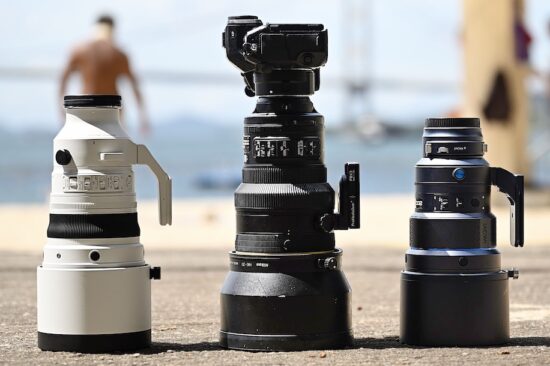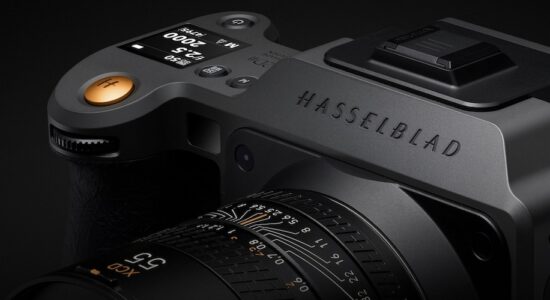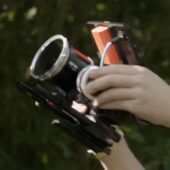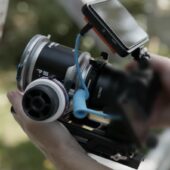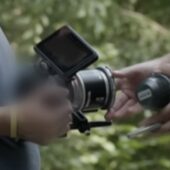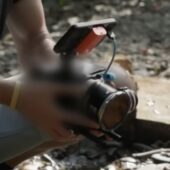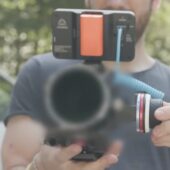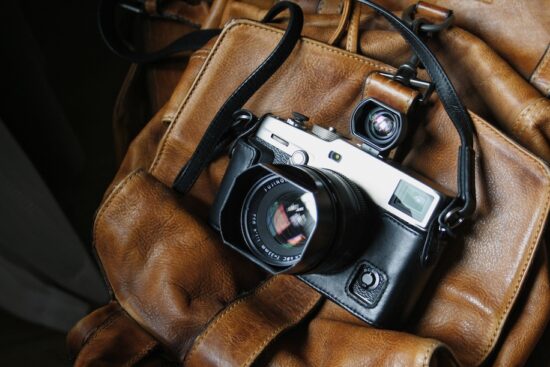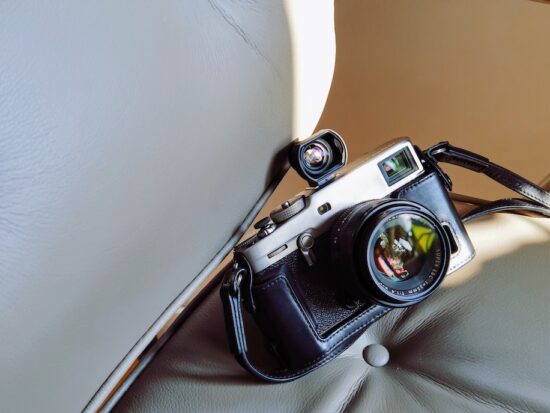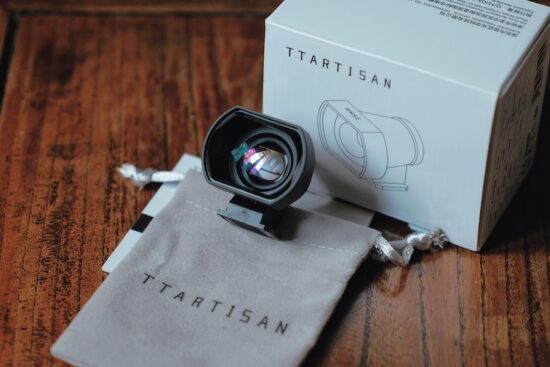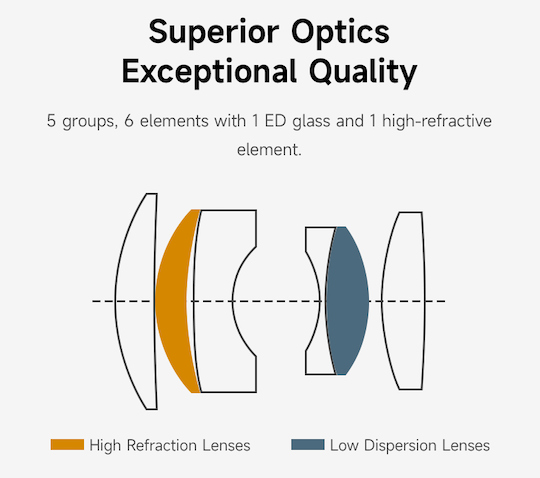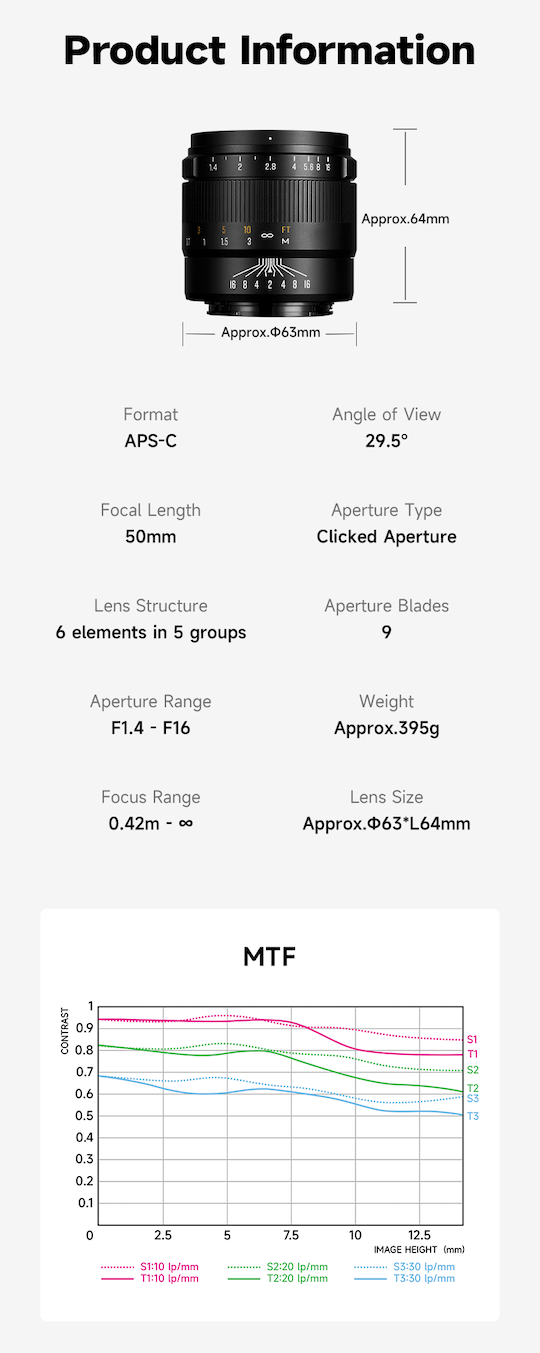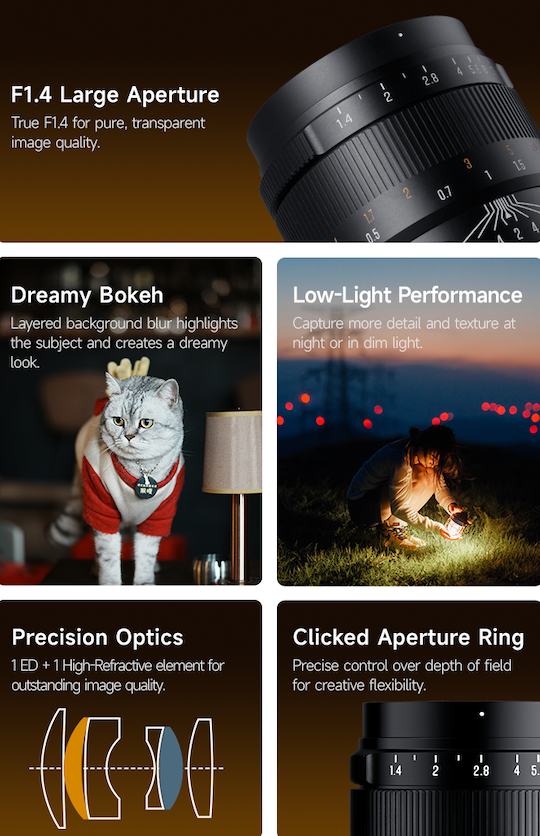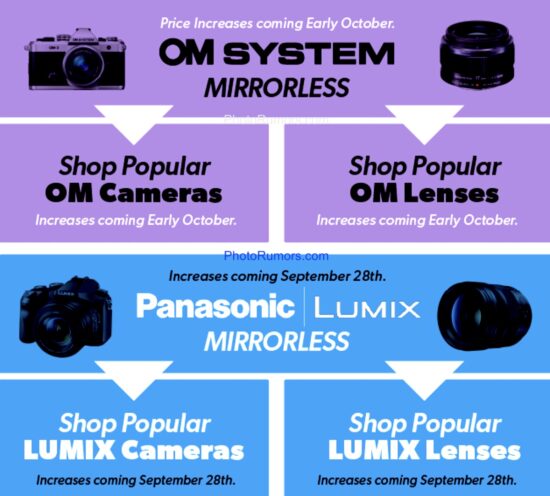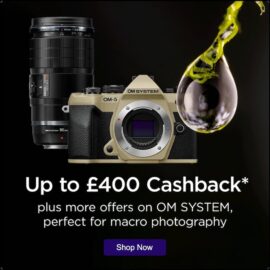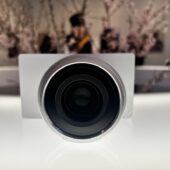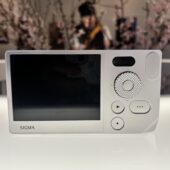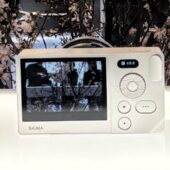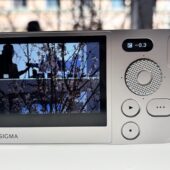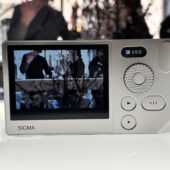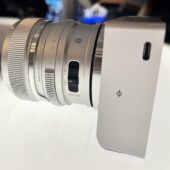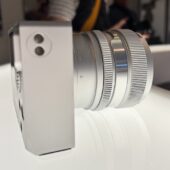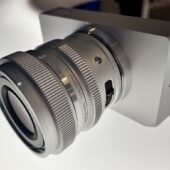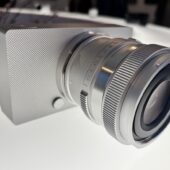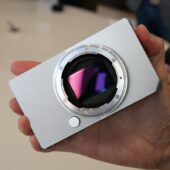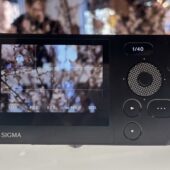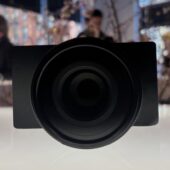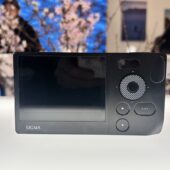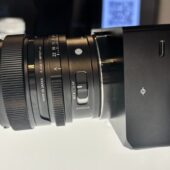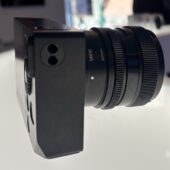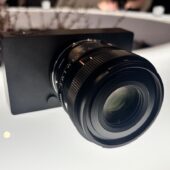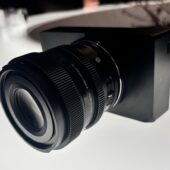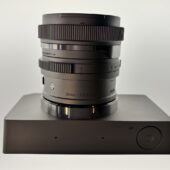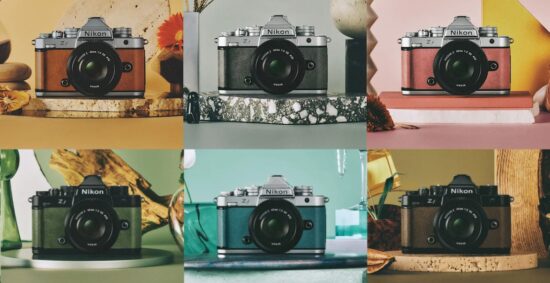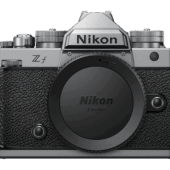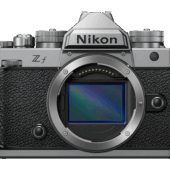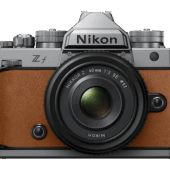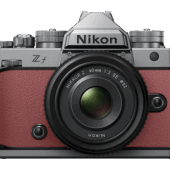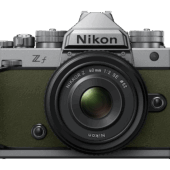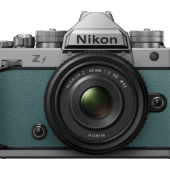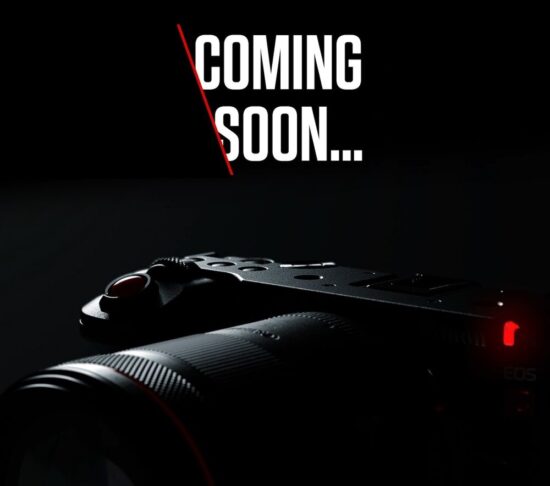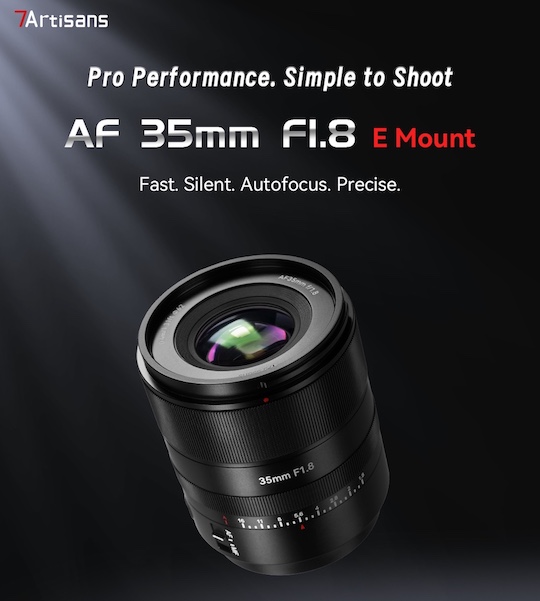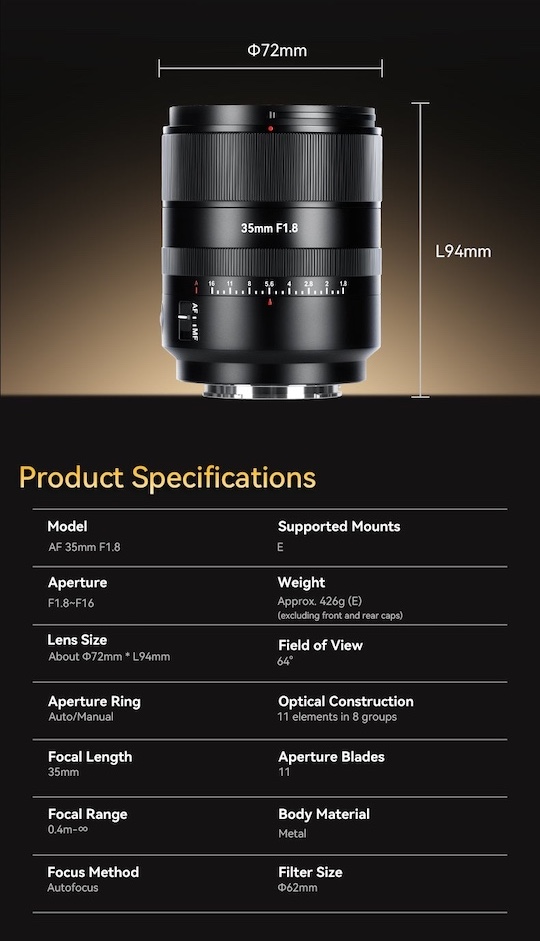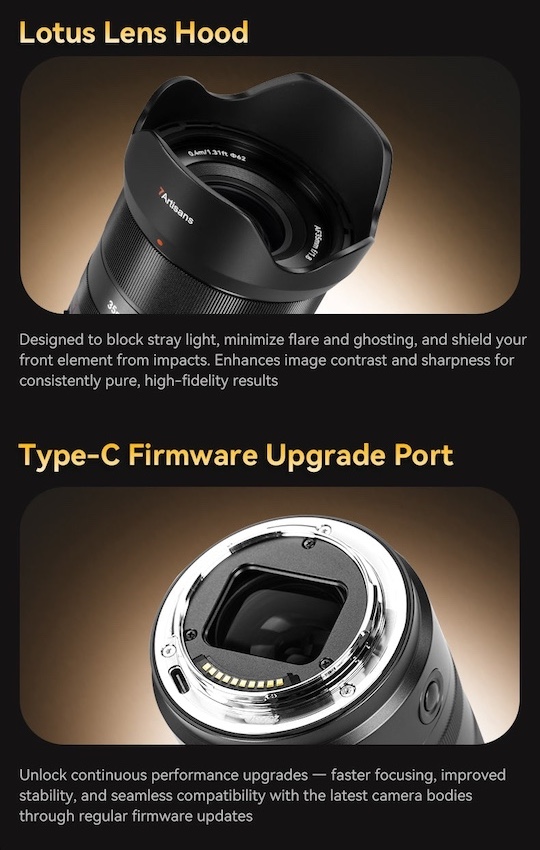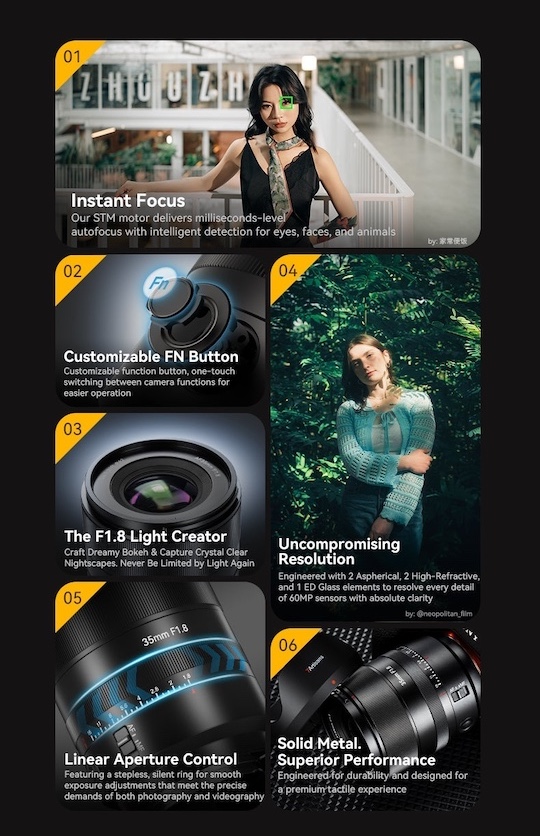Point-and-shoot, DSLR or mirrorless: how to choose between camera types
 |
| Camera images: Ricoh, Sony and Nikon |
Whether you're looking to capture daily life, start a new hobby or hoping to build a professional career, choosing the right camera is an important first step. Cameras come in various sizes and formats, but compacts, DSLRs and mirrorless cameras are three of the most common options. Those choices can feel confusing if you're relatively new to the photography world, though.
Each type of camera provides a different balance between convenience, image quality and creative control. Understanding those differences will help you narrow down which device might best match your needs.
Compact cameras
 |
| Compact cameras are very small. Photo: Richard Butler |
As the name suggests, compact cameras (or compacts) are small, easy-to-carry devices. They feature integrated lenses that can't be changed out, saving you from spending additional money on lenses. Some compacts offer a zoom lens, whereas others use a fixed focal length with no zoom capabilities.
Compact cameras are often called point-and-shoots, too. This is because many are designed to be very simple to use with fully automated settings. However, there are also more premium, advanced compact models that still offer some creative control, so not all are meant for casual users.
Unfortunately, compact cameras aren't as prevalent as they used to be, as smartphones have largely replaced them. As a result, there are limited new models available. There have been some releases in the past year, but they are typically quite pricey for casual users. Many of the newer models are designed for vlogging with more video-centric features that aren't great for pure photographers. Alternatively, you can still find older compacts second-hand, though there are some risks with buying aging cameras.
Who are compact cameras best for?
Because of their simple operation and limited need for additional accessories, compact cameras are great for casual photographers who want something other than their phone to make photographs. The small size also makes them ideal for travel use, since you can easily fit them in a jacket pocket or small purse.
However, compact cameras aren’t just for beginners. A basic point-and-shoot can be a fun outlet for those who already have advanced, technical gear. Plus, there are premium compact models, including a medium-format camera with a larger sensor. Experienced photographers who simply like the idea of a convenient camera with an integrated lens may also enjoy these compact devices.
DSLRs
 |
| Image: Nikon |
Digital single-lens reflex cameras (DSLRs) are probably the most widely recognized digital interchangeable lens cameras (ILC). Unlike compact cameras, DSLRs don't use an integrated lens, so you'll need to buy one separately (or as a kit with the camera). This adds cost, but also adds flexibility and creative control, as you can choose the lens(es) that allow you to achieve the look you're after.
The other key component of DSLRs is a mirror that directs light from the lens into an optical viewfinder. That style of viewfinder gives you a real-time, direct through-the-lens view. It also results in longer battery life since the viewfinder isn't a display that uses up power. The mirror mechanism adds bulk, however.
While DSLRs are still widely used, they are past their heyday. For the last five years, major brands have been entirely focused on mirrorless technology for both cameras and lenses. Canon and Nikon last released DSLRs in 2020. Additionally, Sigma hasn't released a new lens for DSLRs since 2018 and recently changed its lens naming strategy to ditch the label that was used to identify its mirrorless lenses. Only Pentax remains committed to the DSLR format at this time.
Who are DSLR cameras best for?
Because DSLRs represent older technology, they are available at relatively affordable prices. The same is true for DSLR lenses. As a result, they are a popular choice for beginners looking to buy their first dedicated camera. Some professionals also opt for DSLRs because you can get a lot of image quality for the price at this point.
Investing in a DSLR today will leave you with outdated technology right out of the gate.
However, it would be wise to consider carefully if you want to invest in a DSLR system right now because they are end-of-life systems. They are well supported for now, but investing in a DSLR today will leave you with outdated technology right out of the gate. After all, even entry-level mirrorless cameras offer much more reliable autofocus and advanced features. New features, firmware updates and compatible accessories will also be increasingly rare for DSLRs.
Additionally, it's important to remember that you're also investing in lenses. While there are adapters that allow you to use DSLR lenses on mirrorless bodies, this adds additional bulk and can reduce the functionality of some lenses. Plus, mirrorless lenses are significantly improved over DSLR lenses, so you'll also be missing out on the latest advancements in lens technology as well.
Mirrorless cameras
 |
| Photo: Richard Butler |
Mirrorless cameras are the more modern take on the interchangeable lens format. They ditch the bulky mirror mechanism found in DSLRs, allowing for a more compact, lighter body. The sacrifice, for some, is that they use an electronic viewfinder (EVF), instead of an optical one. EVFs consume more power, and there may also be a subtle lag in low light conditions (though it's rare for that to be noticeable for most users).
Since mirrorless cameras are newer than DSLRs, they offer more recent technology. That includes faster and more advanced autofocus with subject detection and tracking, faster burst shooting rates and real-time exposure simulation. They also provide better video capabilities.
Who are mirrorless cameras best for?
Mirrorless cameras are available for just about every need and preference. There are entry-level beginner models, video-centric options and high-end, professional-grade mirrorless cameras. In short, mirrorless cameras are best for anyone who wants an interchangeable lens camera for the flexibility and creative control. They are also ideal for those who need relatively compact camera bodies, advanced autofocus or greater video capabilities.
The best camera is the one that fits your needs
When shopping for a new camera, you'll hear a lot about what the best cameras are. At the end of the day, though, the best camera for you is entirely dependent on your particular needs and how you plan to use it. Each of the formats above has pros and cons and is suitable for different situations. Be sure to consider what you want to get out of the camera and what the most important features are before narrowing in on one particular device.

